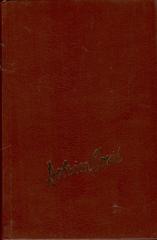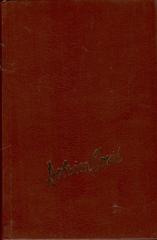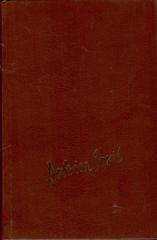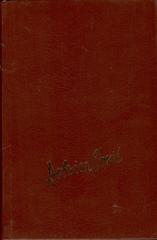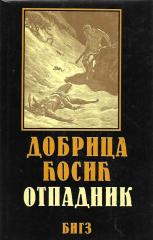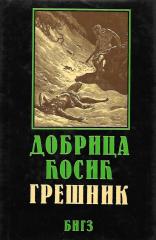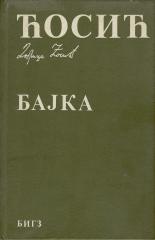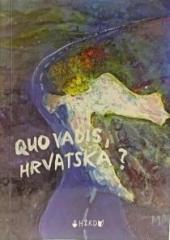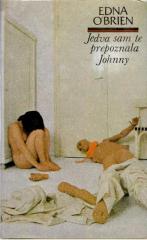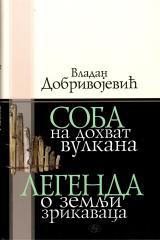
Vreme smrti I-IV
"The Time of Death" is a four-part novel by Dobrica Ćosić, published between 1972 and 1979, which is considered one of the most significant works of Serbian literature of the 20th century.
The novel chronologically follows the events of World War I, with a special emphasis on the fate of the Serbian people and army.
Through the fates of numerous characters, Ćosić describes in detail the suffering, agony and heroism of the Serbian people during the war. The central theme of the novel is the epic of the Serbian army and people during the retreat through Albania, known as the Albanian Golgotha, and the subsequent recovery and victorious return to the battlefield.
Ćosić's writing style is characterized by a realistic depiction of events, deep psychological analysis of the characters and philosophical reflections on the meaning of war and human suffering. "Time of Death" is not only a historical novel, but also a profound meditation on human nature, courage, betrayal and hope.
This novel provides readers with a comprehensive look at one of the most difficult periods in Serbian history, while simultaneously exploring universal themes that transcend the local context.
The book consists of 4 volumes.
Jedan višetomni primjerak je u ponudi.
